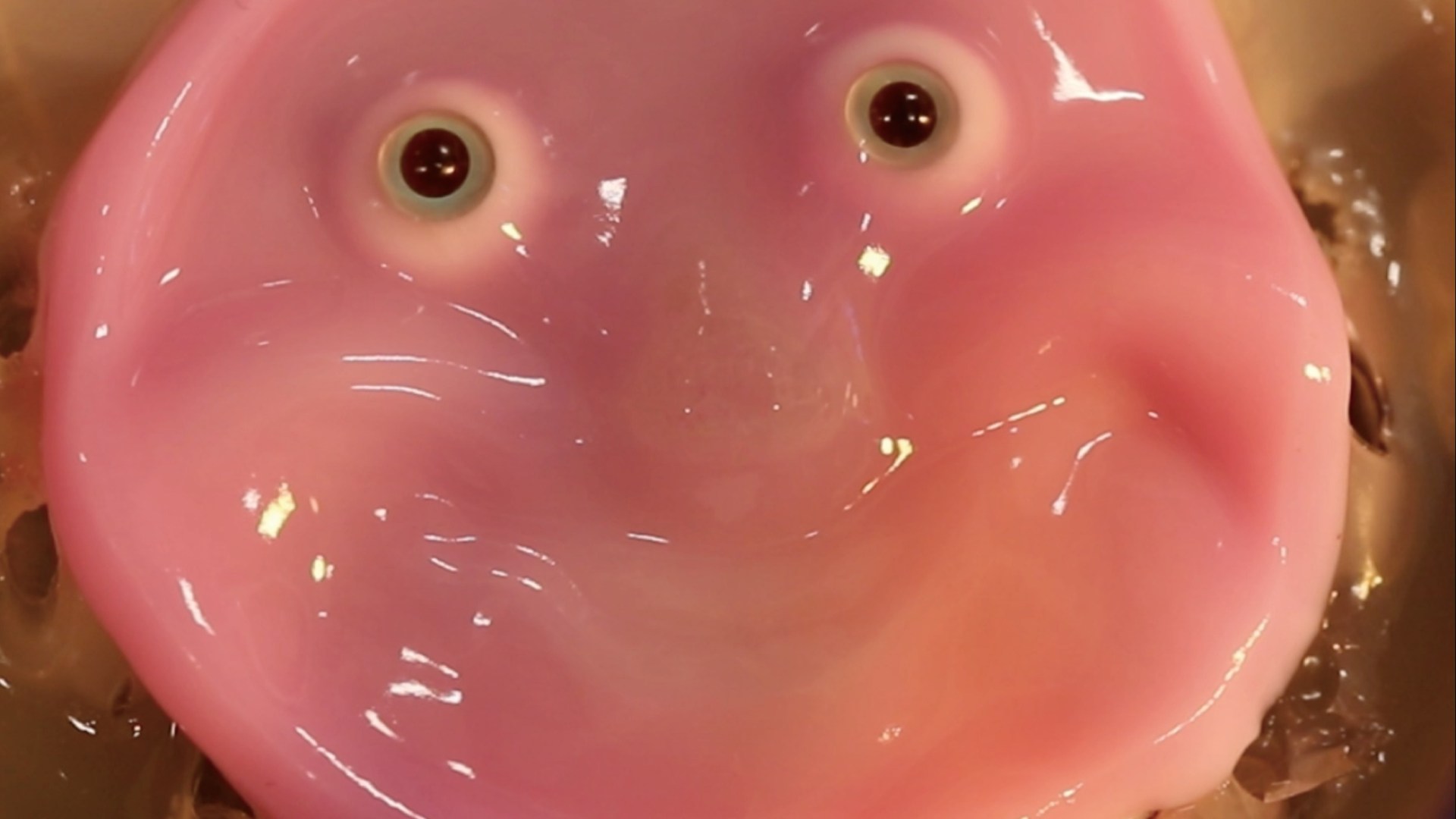A VIDEO showing the world’s first robot face carved from human flesh, with a very sinister smile.
Japanese scientists have found a way to attach engineered skin tissue to humanoid robots.
Inspired by human skin ligaments, the team created special perforations in a robot’s face, allowing a layer of skin to adhere.
The scientists, led by Professor Shoji Takeuchi of the University of Tokyo, claim the breakthrough could provide greater mobility for robots, some of which can already move without a human.
The chilling images come after leading technology experts told The Sun why AI replacing human jobs may not be bad news.
While they suspect that jobs may change dramatically, there still needs to be room for people in the workplace.
Technology strategist Elizebeth Varghese said at NewsCorp’s Women in Tech conference in New York: “I think right now I believe that jobs will be transformed.
“I really believe there will be many more new jobs that are unheard of. I mean, we’re already seeing that with social media content creators.”
She added: “I believe the life cycle of jobs is going to change and it will happen every three months, but I do believe there will be jobs for everyone.”
The professor’s team says their research, published in the journal Cell Reports Physical Science, could help with training in cosmetology and surgery.
Prof. Takeuchi’s laboratory, the Biohybrid Systems Laboratory, has created mini robots that walk using biological muscle tissue, 3D-printed lab-grown meat and even engineered skin that can heal.
But he wanted to spread his expertise even further and improve robot skin.
He said: “By mimicking human skin-ligament structures and using specially made V-shaped perforations in solid materials, we have found a way to bond skin to complex structures.
“The skin’s natural flexibility and strong bonding method allow the skin to move with the robot’s mechanical components without tearing or peeling.”
In the past, scientists tried to attach skin tissue to solid surfaces with things like mini anchors or hooks, but these could cause damage as they moved.
Instead, by carefully making small perforations, skin can in principle be applied to any surface, says Professor Takeuchi.
The science behind a robot’s human skin
The “engineered skin tissue” takes a sample of human skin cells and grows them in the laboratory.
Most of the human skin used to collect these cells comes from extra skin removed during surgery.
To facilitate the adhesion of the layer of lab-grown skin, the team made special perforations in the robot’s face and applied a unique collagen gel.
Skin can be applied to almost any surface by carefully designing small openings.
They used a special collagen gel that is naturally tough for good adhesion.
Using plasma treatment, they placed this collagen into the fine structures of the perforations, while keeping the skin close to the surface in question.
Professor Takeuchi said: “Manipulating soft, wet biological tissues during the development process is much more difficult than people outside the field might think.
“For example, if sterility is not maintained, bacteria can enter and the tissue will die.
“Now that we can do this, however, living skin can provide robots with a range of new skills.
“Self-healing ability is a big thing. Some chemical materials can repair themselves, but they need triggers like heat, pressure or other signals. Plus, they don’t proliferate like cells.
Prof Takeuchi and his team want their innovative achievement to help medicine.
Something like a face-on-a-chip could be useful in research into skin aging, cosmetics, surgery and more.
Prof Takeuchi says that if sensors can be embedded, robots could be equipped with better environmental awareness and move more easily.
He said: “In this study, we have managed to mimic human appearance to some extent by creating a face with the same surface material and structure as humans.
“Additionally, through this research we have identified new challenges, such as the need for surface wrinkles and a thicker epidermis to achieve a more human appearance.”
Prof Takeuchi added: “Creating robots that can heal themselves, sense their environment more accurately and perform tasks with human-like dexterity is incredibly motivating.”
